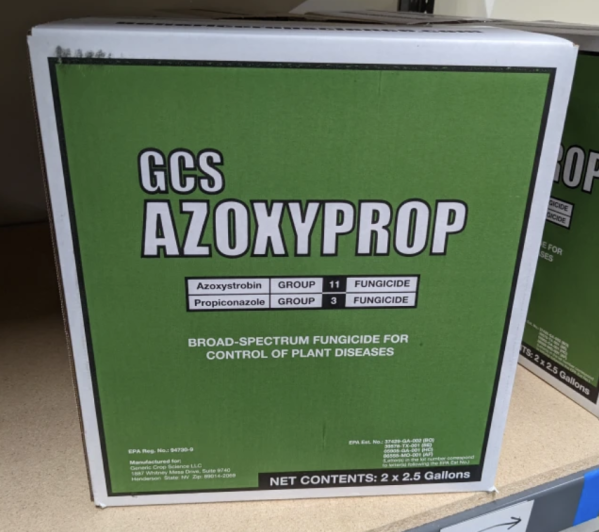How to Identify Fusarium Ear Rot
Fusarium ear rot presents as a white to pink or salmon-colored mold on the corn kernels. The mold typically starts at the ear tip and progresses towards the base. Infected kernels may appear bleached or display a starburst pattern, with white streaks radiating from the kernel center.
Aside from visible mold and discoloration, Fusarium ear rot can be identified by the presence of mycotoxins, specifically fumonisin. These toxic compounds can pose a significant threat to livestock if consumed in large quantities.
While visible signs provide an initial indication, laboratory testing offers the most reliable method to confirm Fusarium ear rot. This process involves analyzing infected kernel samples for the presence of the Fusarium verticillioides fungus and its associated mycotoxins.

